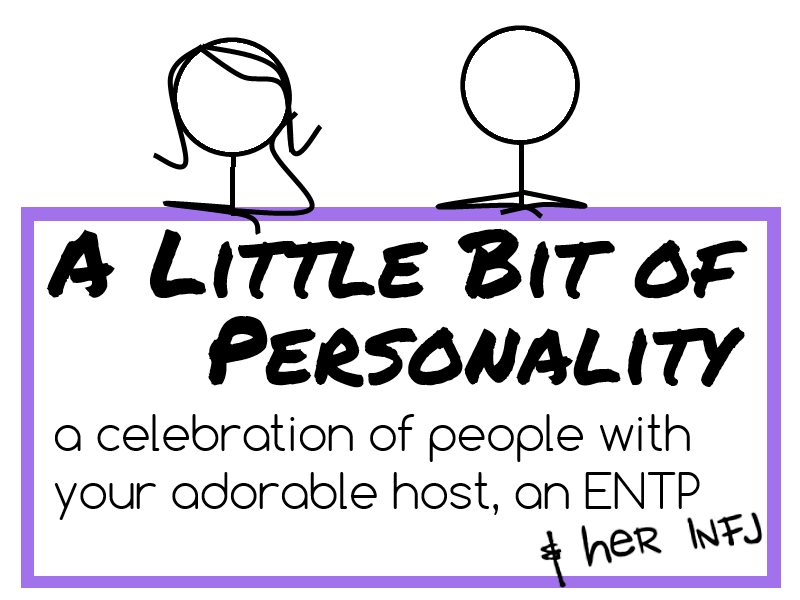Hey! This is Justin! Since I’m gonna be doing a lot of Phase 2, it’s probably good for me to say hi. It’s been awesome getting to talk to you guys over chats and emails, and I’m excited to finally get to do some character spotlights!
For this first one, we’re going to be focusing especially on how to type people. A lot of you have asked for help with typing people yourselves, so let’s walk through the process!
We’ve also convinced a couple of stick people, Gwen and Phil, to sacrifice their dignity and show us how *not* to type. They’re going to do their best to type correctly, using oversimplified, stereotypical methods and definitions, and we’ll see how they do.

For this tutorial, we wanted to type a cool, engaging character who’s also kinda obscure. That way, we shouldn’t have to worry much about preconceptions of the character’s type. We wouldn’t want to start out with Darth Vader, say. (We’ve seen Lord Vader typed as pretty much every single type :P)
That’s exactly the sort of subjectivity that we’re excited to get past here! Regardless of whether we’re typing someone’s behavior or their cognition, if it all ends up coming down to subjective arguments over what type they are, then there’s something wrong with our methodology. A reliable, repeatable, useful science needs to be objective, no matter who’s looking at it.
This kind of independent objectivity isn’t something a lot of people would associate with personality typing. All too often, personality typing gets misused as a vague, horoscope-ish way of boiling people down to a simplistic little list of traits that could really be true of almost anyone. Gwen and Phil are gonna demonstrate how this vagueness doesn’t work. Aren’t you, guys?

We, on the other hand, are all going to show these two the consistent roots of cognitive typing. We’re going to walk through how the cognitive definitions of the letters leave no wiggle room for subjective fudging; once we know how the letters work at their root, then every typing becomes clear.
So who’s our lucky, obscure victim for this demonstration? Ladies and gentlemen, boys and girls, I give you…

…a peacock.
But not just any peacock. This is the nefarious Lord Shen, the brilliant and, in my estimation, very charming villain of Kung Fu Panda 2. Yes, there really is a movie called Kung Fu Panda, if you didn’t know. Two of them, actually, with a third on the way. And they’re really fantastic, with excellent themes told in a skillful way, and very good plot structure, and also very pretty. Continue reading





























Recent Comments